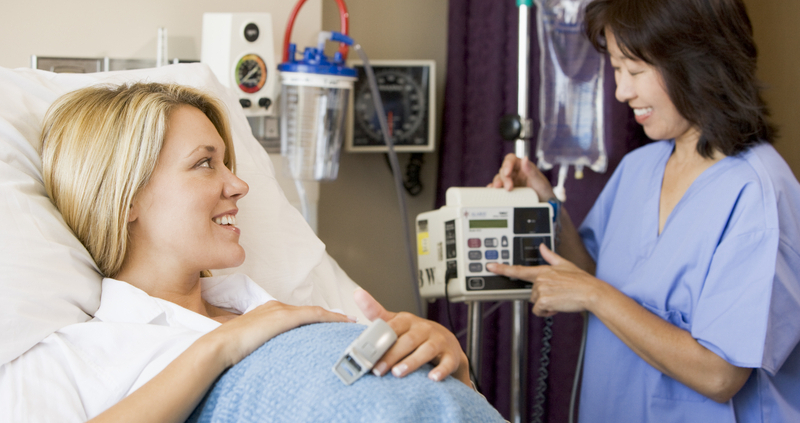Entonox Monitoring in Maternity Departments
Entonox – also referred to as N20, or “gas and air” – is a painkiller that’s used in multiple healthcare settings, including maternity departments. Though it provides effective short-term pain relief, there are some risks to using Entonox.
Short Term Entonox Exposure Risks
Short-term exposure to Entonox can cause dizziness, sleepiness, nausea, and hallucinations.
Long Term Entonox Exposure Risks
Long-term exposure to Entonox can affect the body’s ability to absorb vitamin B12, which can cause damage to nerves and red blood cells. This can lead to neurological conditions, infertility, and even miscarriage.
How Big Are The Risks of Entonox Exposure?
If patients use Entonox only as advised, then the short-term effects should pass quickly, and there should be no long-term health risks. However, there are concerns about hospital staff’s occupational exposure to Entonox – particularly among midwives in maternity care.
Entonox Exposure Risks for Midwives
The risks are particularly high for midwives not just because of the widespread use of Entonox in maternity care, but also because of the nature of their work. It’s common for midwives to work 12-hour shifts, several days in a row. To protect patient privacy, they’ll work with the door closed, which will lead to poor air circulation. Plus, compared to other areas of the hospital, labour wards are less likely to be fitted with sophisticated air purification systems.
How to Manage the Risk of Entonox Exposure in Maternity Departments
Maternity wards should routinely test their staff for their exposure to potentially hazardous substances like Entonox.
In March 2023, the NHS released new guidance on minimising long-term exposure to nitrous oxide in healthcare settings.
The guidance suggests that hospitals should only stop using Entonox as “a measure of last resort and only following appropriate risk assessment, clinical consultation, and mitigation.” Their recommendations include:
- Environmental ventilation.
- Staff training on positioning relative to exhaust N20, COSHH risk assessment and controls, and training in administration of Entonox.
- Awareness and review of monitoring results.
The efficacy of these mitigations must be demonstrated by monitoring exposure to N20.
How We Can Help You Reduce Occupational Entonox Exposure in Your Maternity Department
At Cairn Technology, we routinely support both NHS and private hospitals.
Here’s how we can help you control your staff’s occupational exposure to Entonox in your maternity department:
- Exposure Monitoring – Cairn Technology adopt a personal sampling technique to monitor your staff’s exposure levels to N20. Once used, personal passive sampling tubes are analysed followed by a comprehensive report, including recommendations and actions you can take to reduce exposure risks in your hospital.
Get in touch to discuss how we can help you manage the risks of Entonox in your maternity department.



